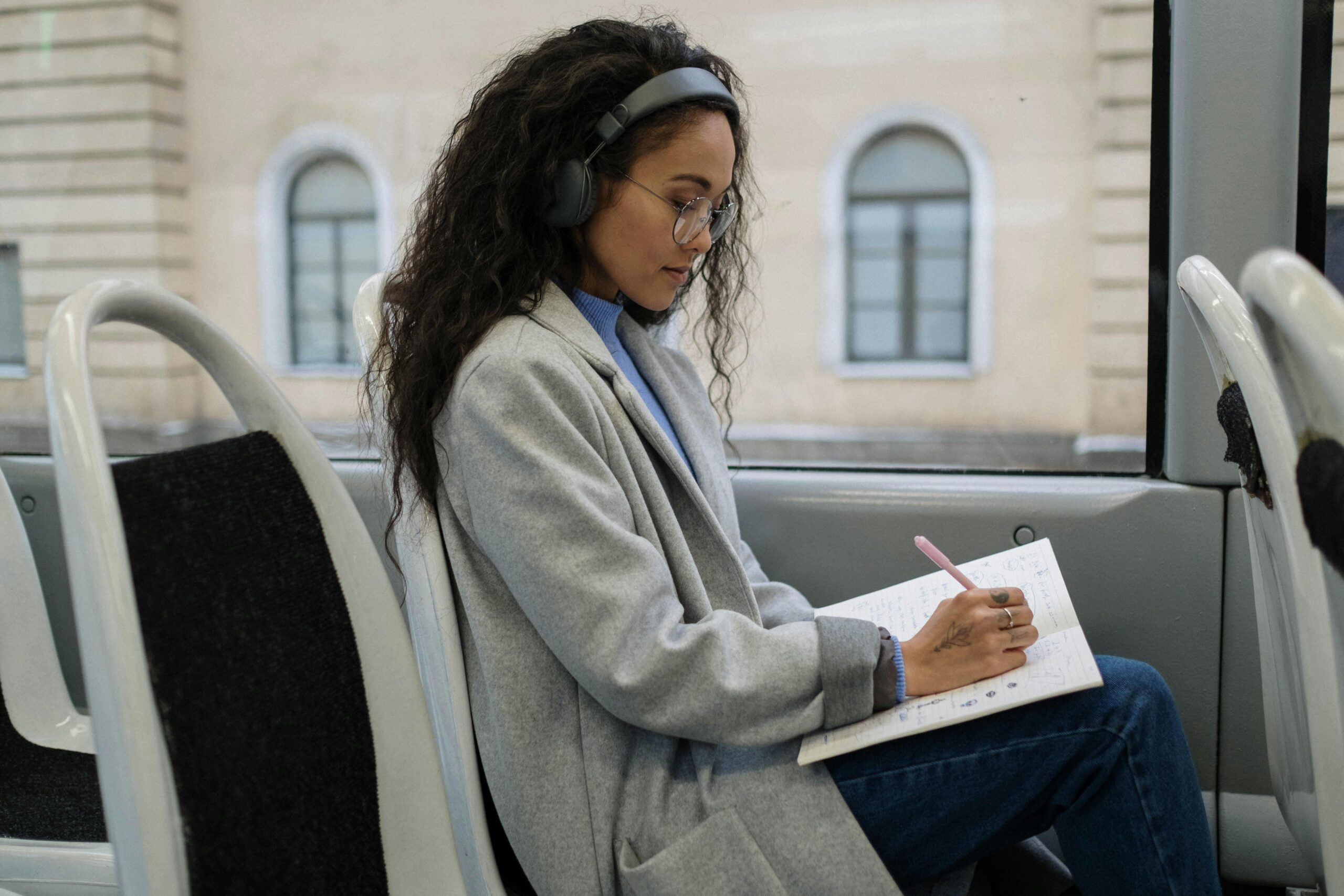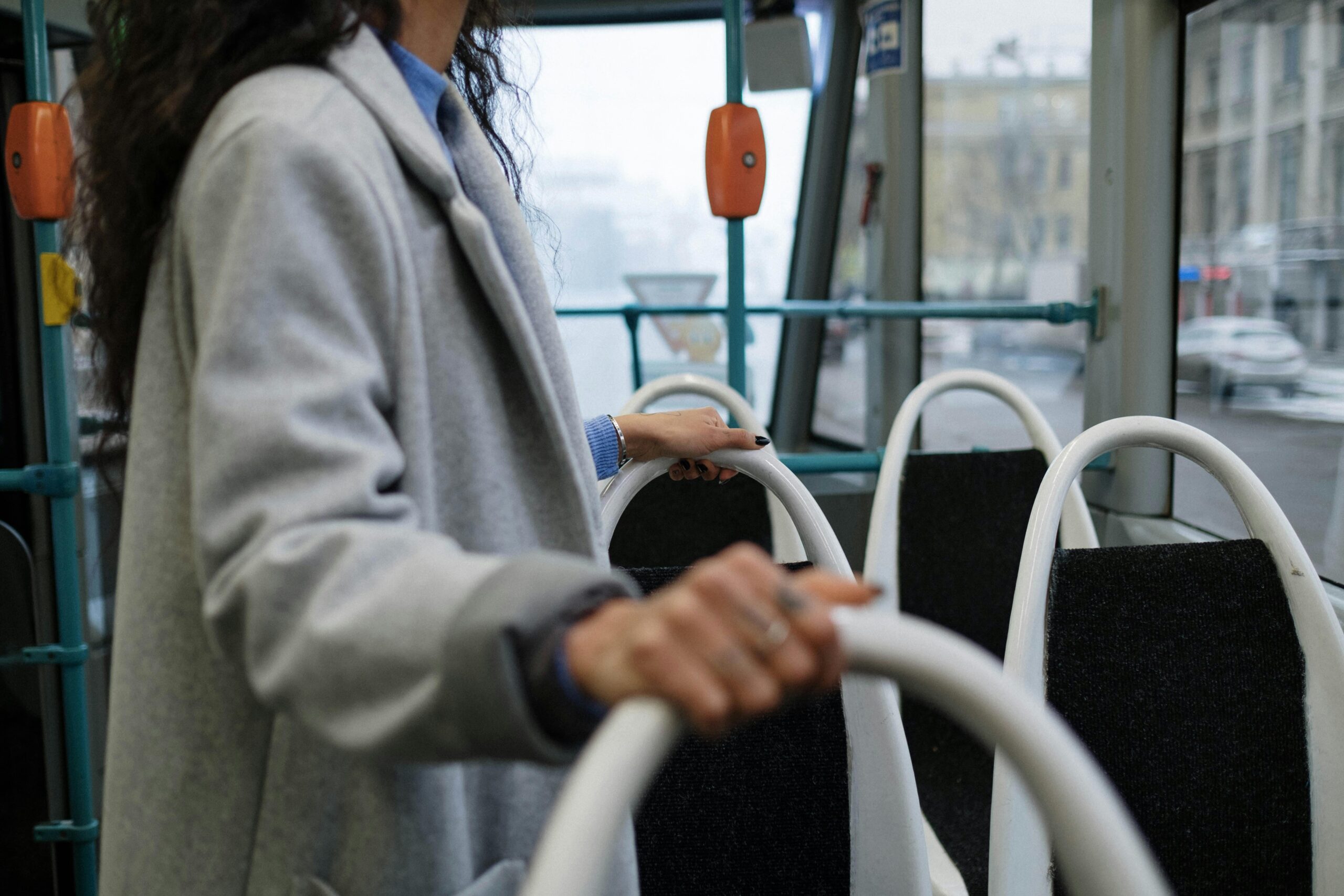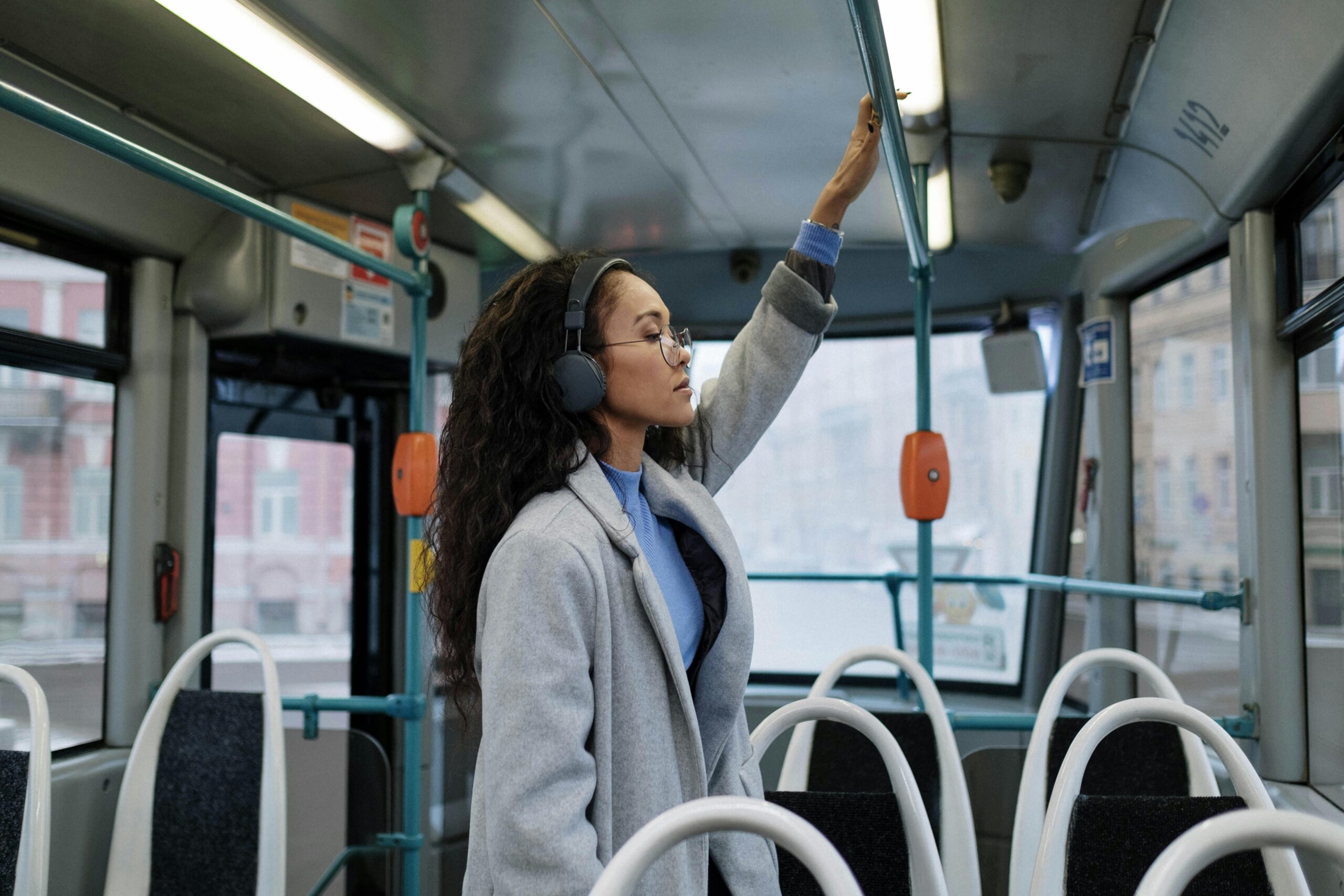Case Study
Lighting Solutions for Public Transport
How our Sanitising Lighting Solutions reduce the bacterial load of buses in Germany.
Our lights continuously sanitise without sterilising, therefore reducing the risk of infection whilst making them completely safe for humans and animals. They are effective against bacteria and viruses in the air and on surfaces, making the areas they are used in considerably healthier. The following case study explores the effect of the lights on real-life public buses in Germany, conducted by the Fraunhofer Institute.
Environment
Public transport systems are a high-risk environment for the transmission of pathogens due to the large number of people in a confined space. Therefore, they play an important role in the spread of various diseases, due to the crowded environments with transient occupants from different parts of the world. Unfortunately, continuously increasing travel facilitates the quick and sometimes uncontrollable spread of naturally, person-to-person transmissible pathogens (e.g. SARS, Influenza H1N1pdm09). Until now, the measures to reduce the transmission are only aimed at mitigating the mixing and close proximity of passengers to each other, especially during peak hours.
For buses, the bacteria hotspots are handrails, metal poles, seats and armrests. Handrails/grips are essential for the safety of passengers, however due to the frequent contact, they are considered one of the highest risks for carrying harmful microbes. All high-touch areas, including buttons, handholds, pull cords, rails, steering wheels, door handles, shift knobs, and dashboard controls should be considered a breeding ground for microbes. Additionally, seats are considered to be a high-risk area for microbial profiltration in public transportation. Also, passengers frequently use seats that are much more difficult to clean and cushioning can be a perfect harbouring ground for bacteria. As well as this, passengers often spill food/drink on seats which could increase microbial proliferation.




Background
The device under testing in this case study is a single bus module strip, with an opening angle of 120° which, at the distance of 1 m, covers an area of 9.42 m2. It radiates 0.3W, equivalent to 0.0095 mW cm-2 on the surface. After that PET foils were contaminated using spot inoculation, they were dried under defined conditions, and the samples were therefore centred under the unit in the test. The irradiation of samples has been executed at 1 m and at different time points. After treatment, the microorganisms were recovered from the PET surface by putting the foils in a sterile ringer solution and rubbing, and samples were finally then counted to determine the abatement achieved.
Results
| Time | Reduction % |
|---|---|
| 1 hour | 36.52% |
| 2 hours | 56.22% |
| 4 hours | 98.54% |
Findings
Tests made at 1 m distance from contaminated surfaces have shown that the microbicidal action of the lightbulbs, starting from the worst condition of viral density at 1.40E+05 PFU/sample, was able to record a reduction of up to 36.52% in 1 hour (0.20 log), a reduction of up to 56.22% in 2 hours (0.36 log), and a reduction of up to 98.54% in 4 hours (1.84 log). Overall, this supports the use of Biovitae lightbulbs in environments where bacterial pathogens are present.
So why not talk to us about our solutions for lighting.
If you’d like to find out more about our approach and experience with sanitising lighting please do get in touch.
